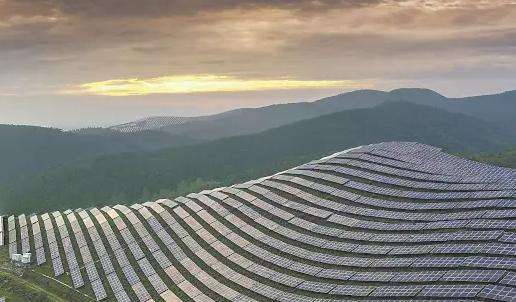Why does the color of the gas stove flame change?
In daily life, many people only pay attention to the firepower when using gas stoves, but ignore one problem: the color of the gas stove flame.
Some people say: "The gas stove at home has Sometimes it is a blue flame, sometimes it is yellow, but no matter what color it is, it can be used for cooking." p>
Actually, the flame color of the gas stove is light blue under normal conditions or red, it means the gas stove is malfunctioning.
So why the. does the color of the flame change?
1. The flame turns yellow
The flame turns yellow, this indicates that the gas is not completely burned and that the cause is lack of air Under normal circumstances, the flame starts to turn yellow from the tip and when the part turns yellow.If the flame increases, black smoke will be produced.The yellow flame will cause the carbon monoxide in the combustion gas to exceed the standard during combustion and pollute the environment, causing danger. It will also darken the bottom of the pot and reduce combustion efficiency.
When yellow flames appear, should you adjust the position of the air regulating plate handle at the bottom of the stove to increase the air inlet?
2. Green or other colors
The flame appears green or other colors usually due to a flame reaction.
Flame reaction refers to the reaction that causes the flame to show a characteristic color when certain metals or their compounds are burned in a colorless flame.
Some gas stoves use copper-plated parts, which will oxidize and pollute the stove after prolonged use. The color reaction ofthe flame of copper oxide is usually green, so sometimes the flame appears green. In this case, just clean the stove in time.
Also, you will sometimes see the flame turn red when cooking. This is because soy sauce and other condiments are added when cooking and the air is humid. This is a normal phenomenon.
p>
Flames of different colors represent different working states of the gas stove, and we can also judge the failure of the gas stove through flame conditions
1 The occurrence of flame separation or extinction<. /p>
Flame or fire extinguishing is mainly caused by too high gas pressure and gas outlet speed higher than the burning speed, causing the flame to partially or completely separate from the gas hole. fire. Leaving the flame is often a precursor to extinguishing, and extinguishing often causes theextinguishing the flame.
If the gas pressure is too high due to too much mixed air volume, you should adjust the position of the air plate at the bottom of the gas stove to reduce the volume air inlet. If the output power of the pressure reducer is too high, the pressure reducer should be adjusted or replaced
2 Let go and extinguish the flame
There is a fire. when the gas stove is on, but it turns off when you let go. There are usually 3 points.
1. The thermocouple is incorrectly positioned or there is too much carbon deposit. It is necessary to adjust the position of the thermocouple and clean the carbon deposit. 2. The incorrect position of the damper causes the flame to fly away. The damper plate needs to be adjusted to make the flame stable and the thermocouple can detect the flame. 3. The flameout protection device has failed over time and needs to be replaced.
3. The flame is short and weak
When the pressure reducer or burner nozzle is clogged. , the gas will not flow easily, the burning flame is weak and weak. At this time, thin steel is requiredUnblock the nozzle or adjust the pressure reducer
4. The flame varies in height
This is because the fire cover and the fire hole are blocked and the fire cover needs to be removed. for cleaning
p>
Gas stoves provide natural air into the space between the stove body and the top cover to supplement the lack of air during combustion, thus promoting combustion and reducing carbon monoxide. and nitrogen oxides generate. The stove body is annular, with a mixed gas injection port on the inner circumferential surface; one end of the mixing pipe is connected to one side of the stove body, and the other end is provided with a portair conditioning in the middle. the air conditioning port is a gas inlet pipe; in the middle of the lower part of the stove body. The air box has several air injection ports that inject air blown upwards by the fan that blows air through the engine; connected to the first air box by an inlet pipe; a top cover is covered above the stove body, with a flame in the middle. In the injection zone, the flame ejects upward through the flame injection zone above the stove body; at least three convex seats along the circumference; a top cover is placed on the convex seats, and then through the flame generated between the top cover and the convex seats, the space provides natural air.














